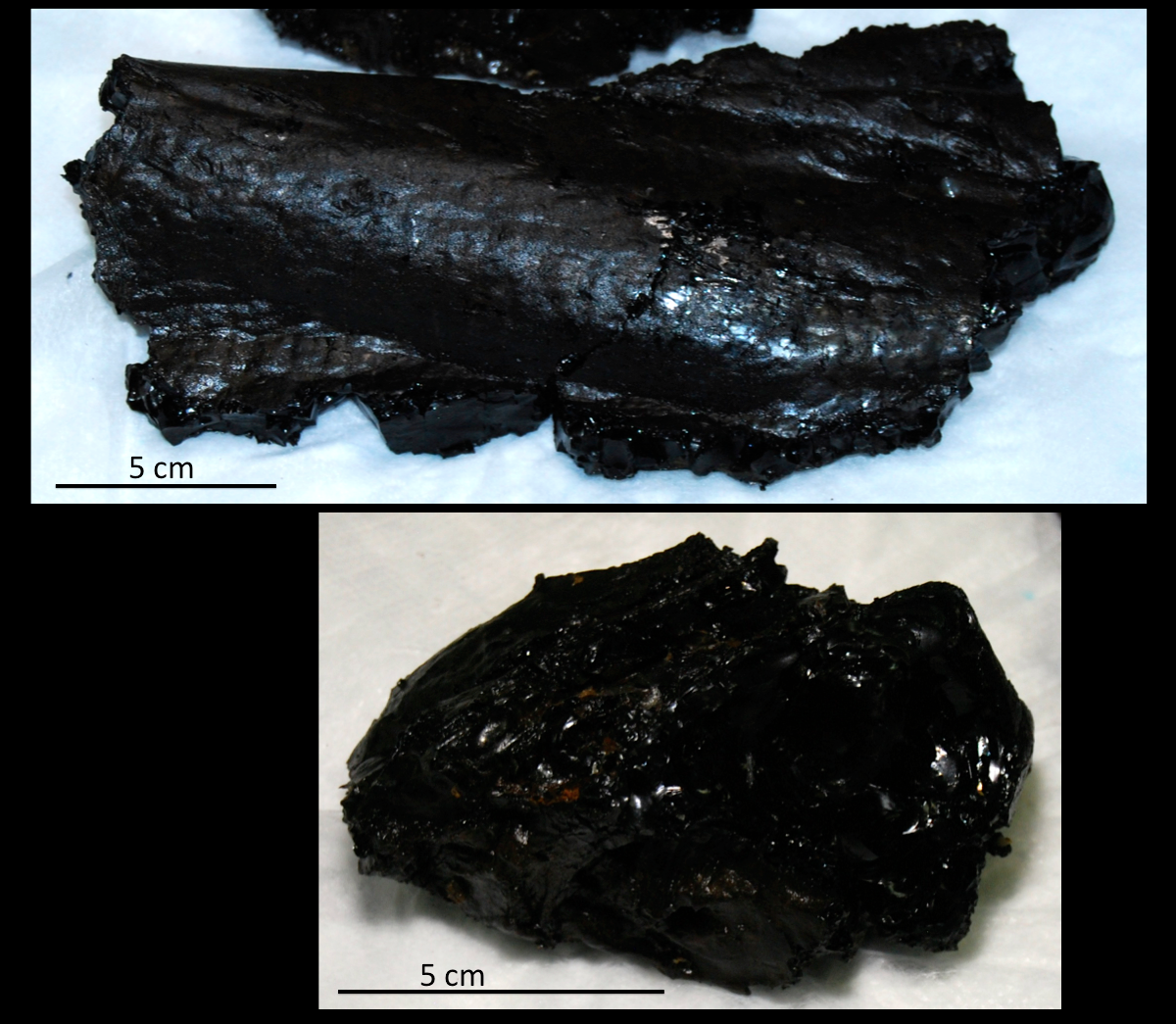Image Archive








University of Washington undergraduate students learn how a CTD works, the science behind this instrument package, and how to take water samples during the VISIONS'14 expedition. Image Credit: Mitch Elend, University of Washington; V14.

The CTD (Conductivity-Temperature-Depth sensor) is deployed into the ocean. All of the Niskin bottles are held open before deployment and are closed individually to collect water samples at different depths as the CTD carousel rises through the water column. Photo credit: John Wonderly, Clallam Bay School, V14.

Leg 1 students assist ship's crew to deploy the CTD. Photo credit:

The Conductivity, Temperature and Depth (CTD) probe lies within a large carousel of Niskin water bottles. The carousel is lowered to the seafloor while the CTD makes measurements. On the 'ride' up, a person on deck triggers the water bottles to close (one at a time) to collect a water sample at different depths. Photo credit: Mitch Elend, University of Washinton, V14.

Samples of fresh basalt were collected from Axial Seamount's caldera floor. When fresh, the outer surface of the rock is glassy due to the very rapid cooling and crystallization that occurs when the hot lava comes in contact with the 2oC seawater. This glass - known as obsidian - is very sharp and crumbles easily. (Photos by Leslie Sautter)

Iron-rich basalts quickly oxidize in the O2-rich atmosphere once on deck. (Photos by Leslie Sautter)

ROPOS collects vent chimney sample
- Anemone
- Animal
- Arthropod
- ASHES
- Axial
- Axial Base
- Axial Biology
- Axial Caldera
- Bacteria
- Basalt Lava
- BEP
- Biofouling
- biolgoy
- Biology
- Camds
- Camera
- Camhd
- Central Caldera
- Ciliates
- Cnidaria
- Coastal Biology
- Crab
- Deep Profiler Mooring
- Dive Highlights
- Eastern Caldera
- Echinoderms
- Endurance Array
- Engineering Team
- ENLIGHTEN 10
- Exploratorium
- Fish
- Geology
- HD Camera
- HPIES
- Hydrate Ridge
- Hydrates
- Hydrophone
- Hydrothermal Vents
- Illustration
- Inshore 80 Meters
- Instrument
- International District
- J-BOX
- Jason
- Jellyfish
- Junction Box
- K12
- Lava
- Mollusk
- Moorings
- Nodes
- Nudibranch
- Octopus
- OOI
- Oregon Offshore
- Oregon Offshore 600 m
- Oregon Shelf
- Oregon Slope Base
- People
- PN1B
- PN1D
- Polychaetes
- PPSDN
- Primary Node
- RASFL
- ROCLS
- ROPOS
- ROPOS Dives
- ROV Team
- RV Revelle
- RV Sikuliaq
- RV Thompson
- Salp
- Sample
- SC13
- Science Team
- Sea Cucumber
- Sea Star
- Sea Urchin
- Seafloor
- Seismometer
- Sensors
- Shallow Profiler Mooring
- Shark
- Shipboard
- Shore Station
- Slope Base
- Smoker
- Soft Coral
- Southern Hydrate Ridge
- Sponge
- Squid
- Students
- Students & Guest Participants
- Tmpsf
- Tubeworms
- VISIONS 11 Leg 1
- VISIONS 11 Leg 2
- VISIONS 11 Viewers
- VISIONS 13
- VISIONS 14
- VISIONS 15
- VISIONS 16
- VISIONS 17
- VISIONS 18
- VISIONS 20
- VISIONS 22
- VISIONS 23
- Visualization
